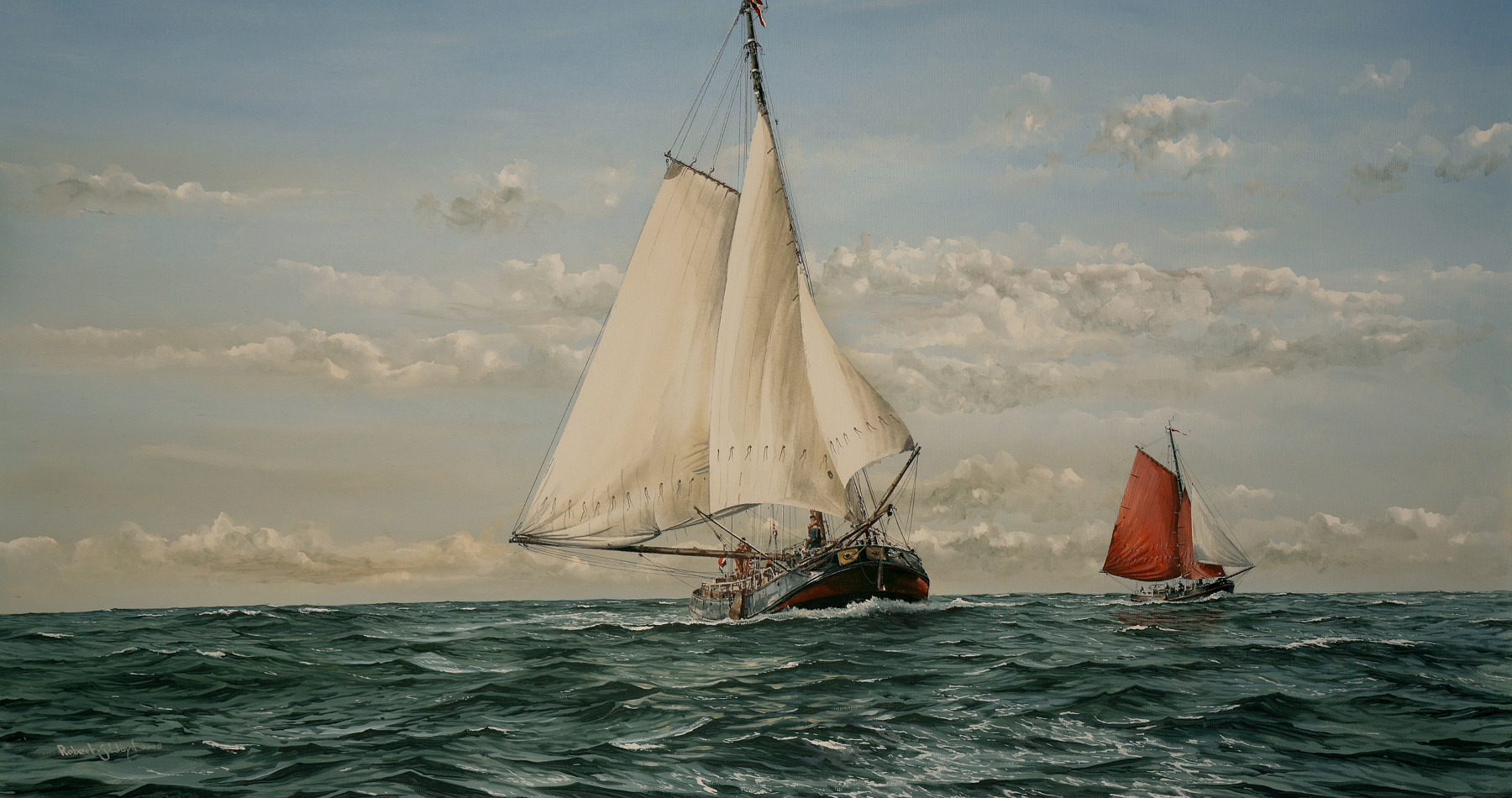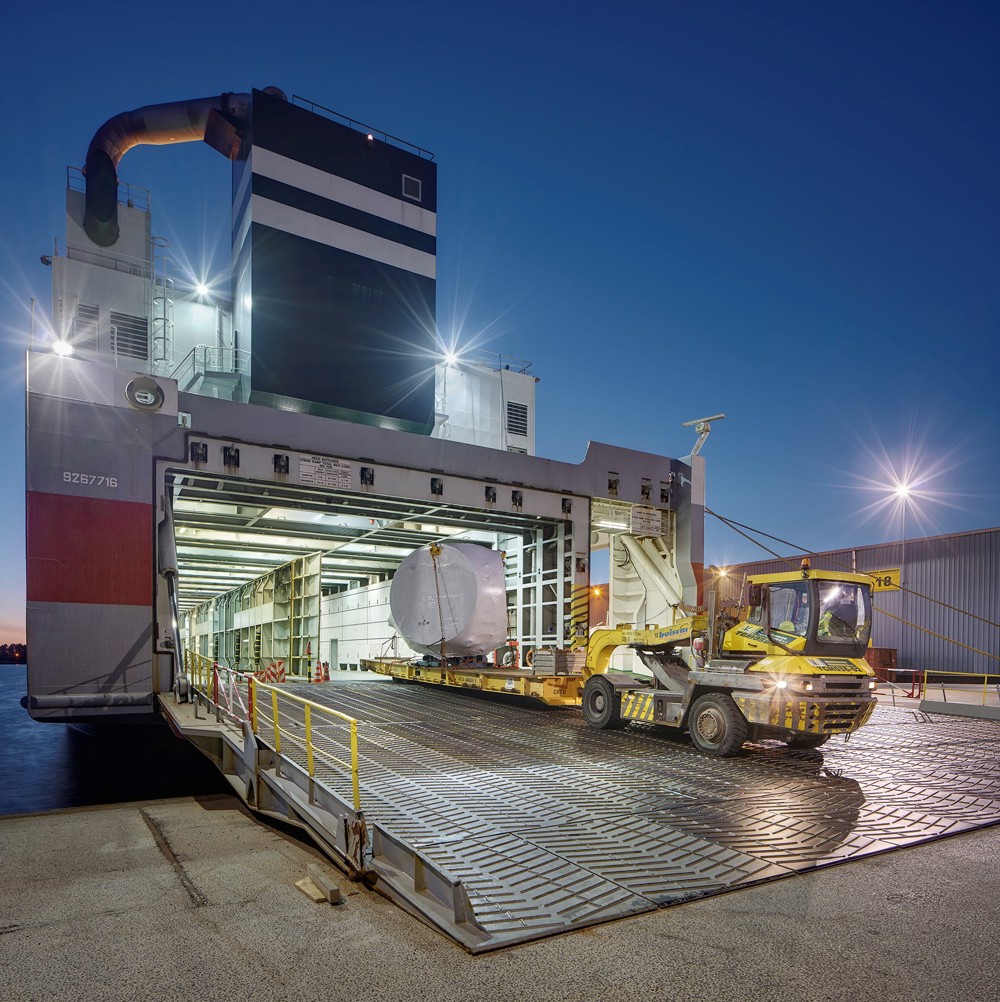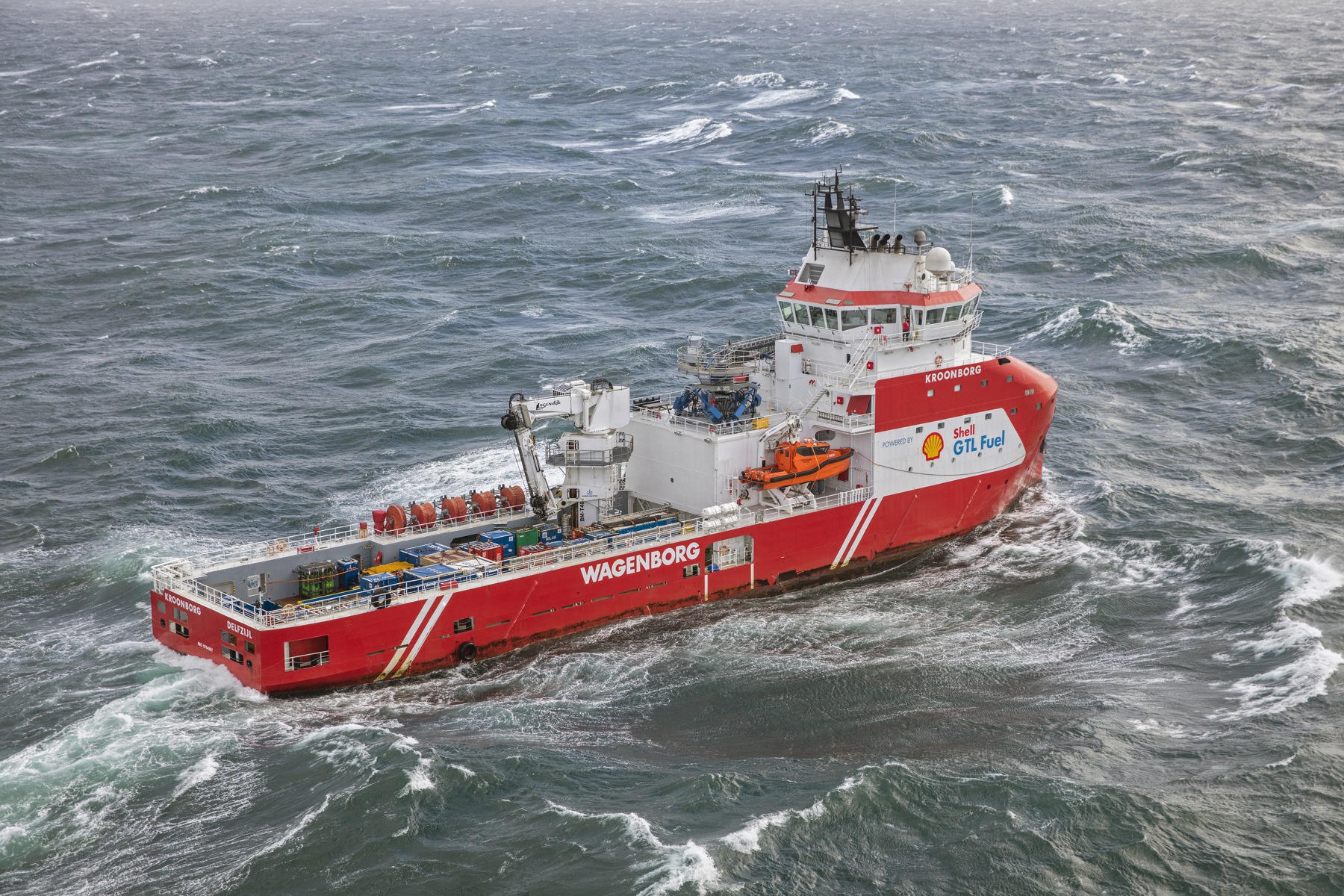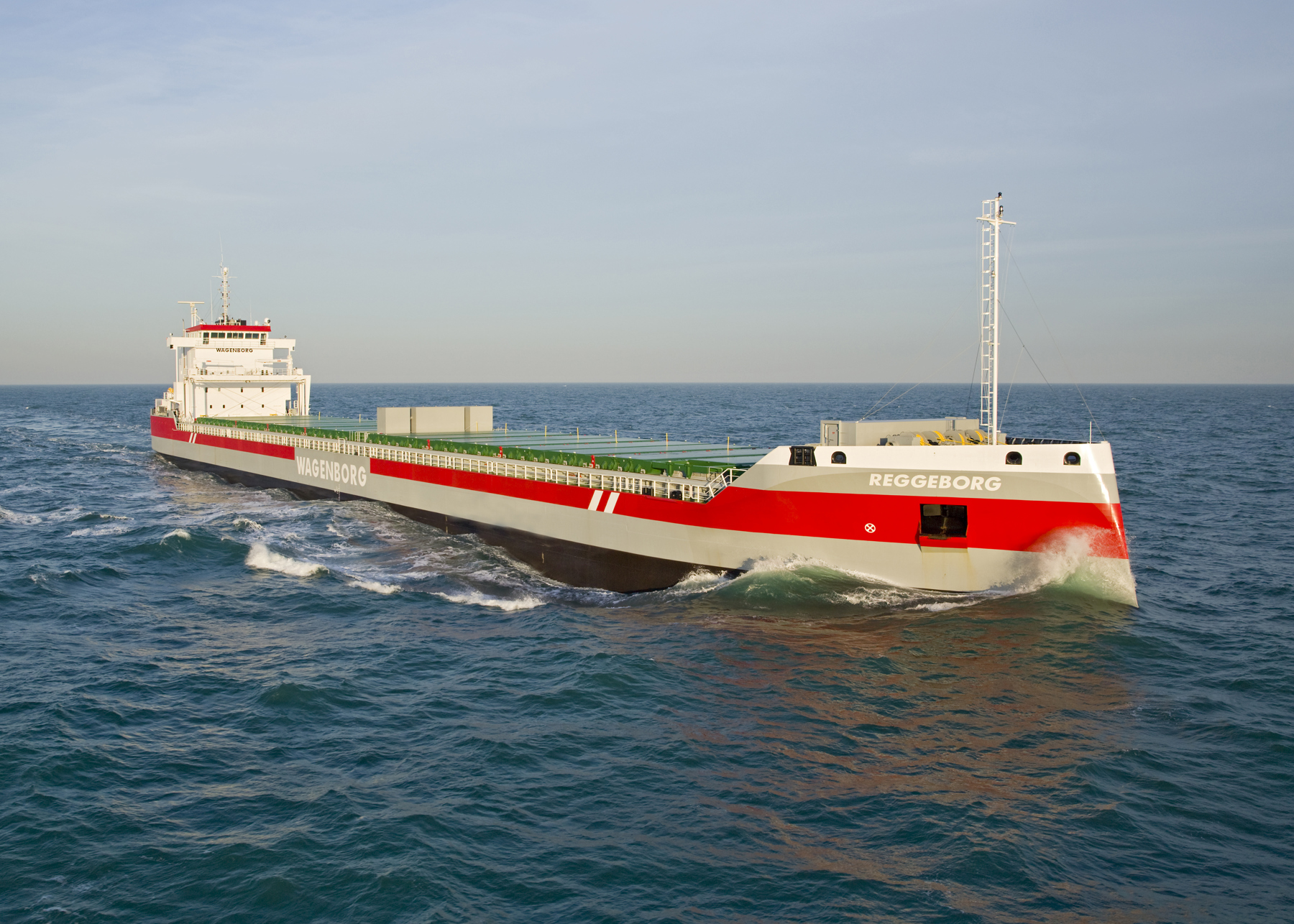
Energy carriers of the future
“Which sustainable fuel will eventually be used in shipping is still a very unclear and complex matter,” says Maurice. “And the picture will probably also be different for inland waterways, coastal shipping, and the high seas.”
Assessing alternative fuels
As the legislation and regulations on harmful emissions become increasingly stringent, the proportion of alternative fuels is increasing: “Switching to an alternative fuel is not something you can do overnight,” Maurice explains. “It’s important to assess all kinds of alternative fuels at an early stage for possible application subject to the current and future regulations. That means considering financial aspects such as the price of the fuel, the necessary investment costs, and the operating costs. The infrastructure and availability of the fuel will also be a significant factor for a globally operating shipping company such as Wagenborg. And it’s also important to consider the properties of each type of fuel, for example its energy density and environmental impact.”
Short-term solutions
The above matters are under active development, making it difficult to estimate what the situation will be in 2020 (when the 0.5% sulphur limit takes effect), 2025, 2030, or 2050. That makes this a very serious issue for the global shipping industry. The service life of a ship is on average 30 years, and fuel is the biggest cost item. Which fuel you select therefore has a major impact on the profitability, value, sales and market position of a shipping company and its vessels.
It’s clear that heavy fuel oil has had had its day. The IMO’s emission regulations have become increasingly strict in recent years. Since 2015, only fuel with a sulphur content not exceeding 0.1% (compared with 1% previously) has been permitted when operating in “Sulphur Emission Control Areas” (SECA). In addition, the international standard is required to fall from the current level of 3.5% to 0.5% by 2020. “In the short term, our short-sea and deep-sea sector will have to choose between operating on low-sulphur gas oil (MGO +LSFO 0.5%),” says Maurice, “or continuing to use heavy fuel oil (HSFO 3.5%) but with a smoke-washing installation, or ‘scrubber’.”

Scrubber
A scrubber washes exhaust gases so as to reduce emissions of sulphur oxides to below the set standard. If a scrubber is used, it’s possible to continue operating on HSFO in a SECA area and still comply with the stricter regulations. But deciding which scrubber to use isn’t that simple. Several factors play a role in the purchasing decision, for example, the price difference (now and in the future) between HSFO and MGO. Other factors include the time spent by the ship in the SECA area, the commercial service life of the ship, the high cost of installation, the expected payback period for the investment, and the fuel consumption. “The RO-RO carriers Bothniaborg and Balticborg, with relatively powerful installed capacity, operate a fixed-route service between Haraholmen, Bremen, Sheerness, Terneuzen, Cuxhaven and Södertälje, a trade route that lies entirely within the SECA area. That’s why we equipped them with a scrubber in 2015,” says Maurice. The rest of the Wagenborg fleet is used for tramp shipping, where there are no fixed routes or frequencies, and the vessels therefore operate worldwide. In practice, most of the fleet operate mainly in SECA areas, such as the Baltic or the Great Lakes, and they therefore run on low-sulphur gas oil.
Long term solutions
Despite low-sulphur fuels or scrubbers, it’s certain that in the longer term the short-sea and deep-sea sector will need to come up with different solutions. Maurice explains: “A number of additional options are now becoming available, such as LNG, LPG, GTL, biofuels or methanol. These kinds of fuel are already being used on a small scale here and there within the market. Our offshore vessels Kroonborg and Kasteelborg also run on GTL, a liquid fuel made from natural gas.” However, these fuels don’t yet meet the target of being 100% sustainable and emission-free. That’s why a number of other options are being developed. “Perhaps the eventual fuel of the future hasn’t yet even seen the light of day,” says Maurice. “But what people are currently working on are fuels like hydrogen, metal fuels, electricity, synthetic fuels, nuclear fuels, and wind.”

Eco-intelligence
Regardless of the choice of a fuel for the future, there are other possibilities to make shipping more sustainable in the short term. Maurice continues: “At present, about 40% of the world’s fleet transports a lot of empty space in its cargo, i.e. unused loading capacity. That’s because the cargo supply isn’t optimally matched to the shipping capacity, which is owned by a very large number of different companies. If we, as a sector, can reduce that unused capacity to 10-20%, for example, by means of far-reaching digitisation and data analysis, then that will be a major gain as regards emissions per tonne of cargo transported.” Moreover, per-mile emissions per cargo tonne transported can be considerably reduced by means of “slow steaming”, i.e. simply sailing slower.
“At Wagenborg, under the heading ‘eco-intelligence’, we have been making conscious choices and decisions for years now in the areas of quality, efficiency, and sustainability.” That has been reflected over the years in our ship designs and the associated Energy Efficiency Design Index (EEDI). “With ship types such as the Easymax and the R series,” Maurice concludes, “ Wagenborg has the lowest EEDI index in its segment worldwide.”

